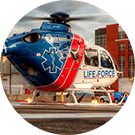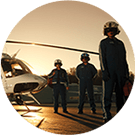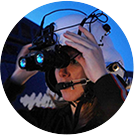Most people are familiar with a variety of aircraft, and many have even taken trips on airplanes or helicopters. If you have never been transported by air ambulance, you may not be as familiar with the important, life-saving differences in the aircraft our AirMedCare Network providers utilize in their mission to provide care at a moments’ notice. With over 320 bases across 38 states, our AMCN partners utilize both fixed wing and rotor wing (helicopters) in their missions depending on the needs of the patients and the unique capabilities of the aircraft.
The fixed wings are not as large as what you might typically travel on for your family vacation. In the fleet there are several models and types of fixed wing aircraft like the Beechcraft King Air C90B, Beechcraft King Air 200, and Learjet 45 to name a few. Based on the type of aircraft, up to two patients can be transported, and some aircraft contain an isolette for the treatment and transport of neonates.
Fixed Wing or Helicopter Ambulances within the AirMedCare Network have one thing in common — they are staffed by some of the best air ambulance crews who live and work in the communities they serve. From balmy Hawaii to the Rocky Mountains and the frozen tundra of Alaska, crews know the area and the community to provide excellent care to their patients. Through continued training and education, plus the addition of new life-saving equipment to the air ambulances, our network providers are more ready than ever to be there for patients at a moment’s notice with the right staff and equipment to help create a positive outcome for patients.
With AirMedCare Network membership, our members never receive a bill for the lifesaving treatment they receive in our providers’ air ambulances. While all calls for service are responded to with the same urgency, having the option of a household membership that provides financial peace of mind is priceless to our 3-million plus members.
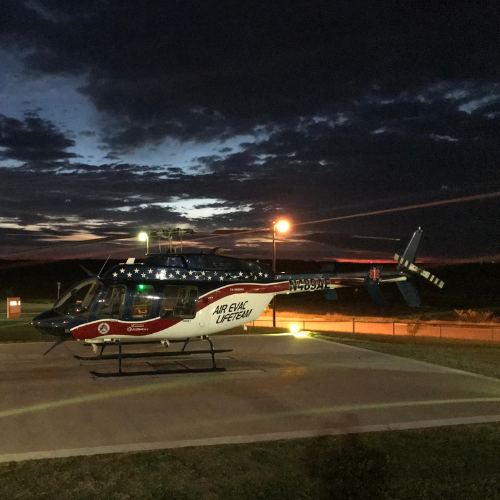
Trauma Centers and Trauma Ready ERs
Trauma centers are a type of specialty hospital that treats traumatic injuries. From car accidents to falls, trauma center specialists are prepared to treat various
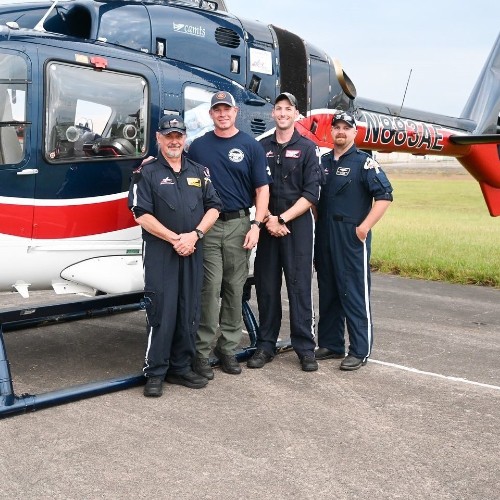
Global Medical Response Teams Support Hurricane Helene Recovery Across the Southeast
Global Medical Response (GMR) recently undertook an extensive emergency medical services deployment in the Southeast as Florida, North Carolina, South Carolina, Georgia and Tennessee continue

We’re so grateful to be here for you and your family
Family means everything to us, and we’re always here to support yours. The Dunnihoo family’s story is a powerful reminder of just how valuable an


